Numb, hot feet and sore soles are unpleasant symptoms of foot pain related to cycling – but, thankfully, they can be avoided.
Many riders experience foot pain from cycling, particularly on long or hot rides, when feet are prone to swell.
Although the best cycling shoes should be comfortable, they can also be inflexible and give the feet little room to expand into. Often simply choosing wider cycling shoes resolves the issue.
If not, selecting a different kind of pedal and/or adjusting your cycling cleats can do the trick if you know how to use clipless pedals.
Aside from shoe fit, incorrect bike setup, skewed biomechanics and muscular imbalances can cause foot pain.
In this article, we'll look at possible reasons why your feet hurt and provide expert advice on how to address them.
If you're suffering pain elsewhere from cycling, our guide on how to fix five of the most common causes of bike pain has plenty more tips.
Common causes of foot pain for cyclists
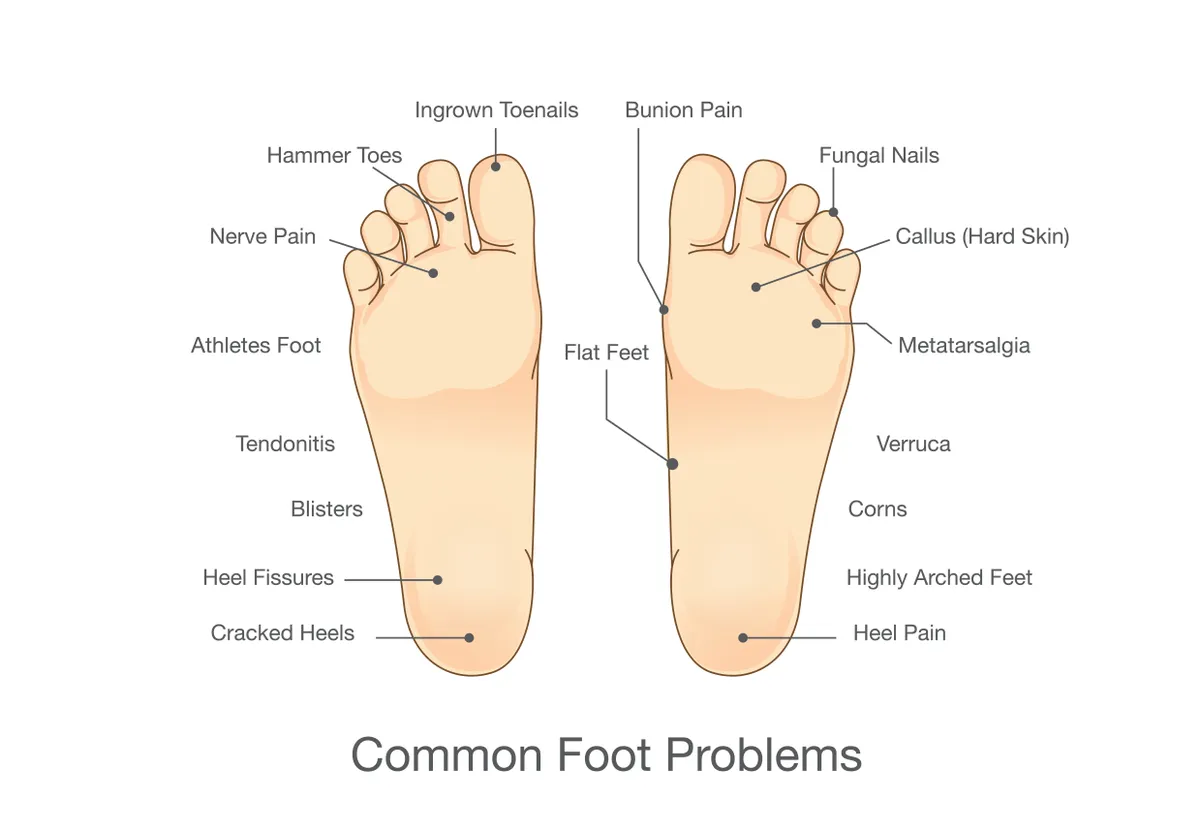
Despite cycling being a low-impact sport, pedalling puts a lot of strain on your feet.
Bike fitter and physio Phil Burt, who spent 12 years at British Cycling and half a decade as a consultant physiotherapist for Team Sky, says: "In cycling, the foot serves to transfer power that is generated at the quads and glutes, through the knees and down to the pedal.
"It’s clearly important to have a well-supported foot and by doing so you may also resolve a myriad of other issues."
Dr Giles Peacroft explains that much of the discomfort experienced on the soles of our feet – including hot, burning sensations, numbness and pain – originates from the nerves that run into the toes.
On the way to the toes, the nerves pass through a tight space between the metatarsal heads (or balls of the feet) where we tend to position our cleats.
This puts pressure on the metatarsal heads and the nerves below.
Dr Peacroft suggests measures to spread out the pressure over the rest of the foot. For example, by using cleats with a large platform and wearing stiff-soled shoes.
He also recommends taking out the insole and checking nothing in the shoe bed is pressing into the foot (such as cleat bolt holes).

Dr Peacroft adds: "If symptoms are confined to one foot, it’s very occasionally due to a ‘Morton’s neuroma’ – a benign swelling around one of the plantar nerves that gets painfully compressed between the metatarsal heads."
Should your feet hurt solely when cycling and the pain subsides when you stop, your footwear is likely to blame, says doctor and cyclist Andy Ward.
“Symptoms that persist off the bike suggest a different condition," Ward adds.
"Persistent numbness, heat or cold can be caused by systemic illnesses such as diabetes or circulatory problems and should be assessed by a doctor."
Three types of cycling foot pain (and how to fix them)
The main kinds of foot pain from cycling are:
- Hot feet
- Arch pain (plantar fasciitis)
- Ball of the foot pain (metatarsalgia)
Hot feet
Hot feet – or its technical term, paraesthesia – describes a burning sensation or tingling/numbness over most of the foot.
The issue arises when the force from the pedal stroke overloads the area between the first and second toes, according to Phil Burt.
This builds pressure on the nerves between the tops of the metatarsal bones and causes the feet to swell.
Solutions: try an insole with a metatarsal button (more on this below), which takes load off the foot bones.
Plantar fasciitis

Plantar fasciitis is pain felt in the arch of the foot. This common running ailment can bedevil cyclists too, especially if your saddle height is too high.
Andy Ward says: "Plantar fasciitis causes pain usually found 4cm in front of the heel and is classically worse in the morning.
“It’s caused by repeated small injuries to the ligament that runs along the sole."
The giveaway is a "tender area on the sole in front of the heel," he adds.
Solutions: both Ward and Burt say a more supportive insole (more on these later) can also help resolve plantar fasciitis from cycling.
Off the bike, Ward advises elevating the feet, stretching, and applying ice packs and painkillers.
But if the problem persists, a cortisone injection may be necessary, he says.
Metatarsalgia
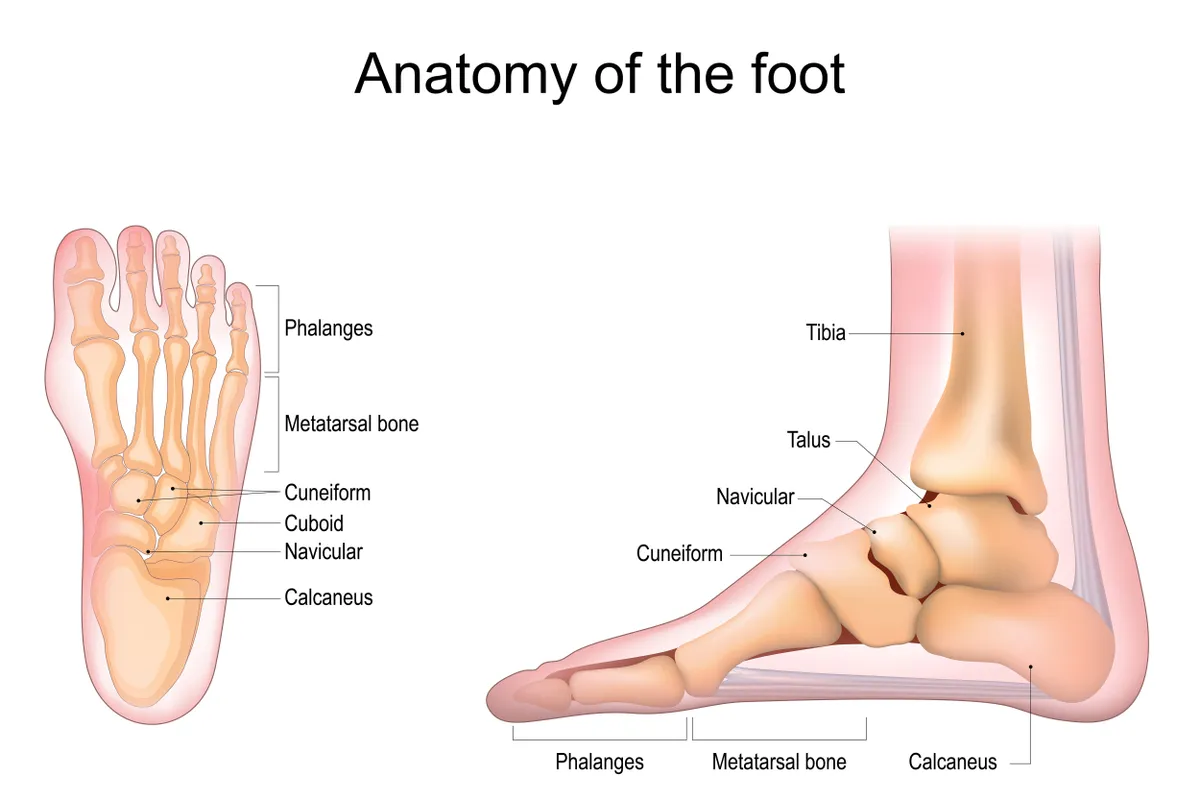
Metatarsalgia is pain in the ball of the foot. It's felt around the metatarsal bones, which link the ankles to the toes.
Solutions: check your feet for lumps and irregularities
Ward says: "Metatarsalgia can be caused by bunions, foot deformities or Morton’s neuroma – a problem with one of the nerves.
"Bunions and foot deformities are usually obvious.
“A Morton’s neuroma is demonstrated by squeezing the foot while pressing between the affected metatarsals.
“This causes a click that may be felt or heard."
How to prevent foot pain
Find shoes that fit
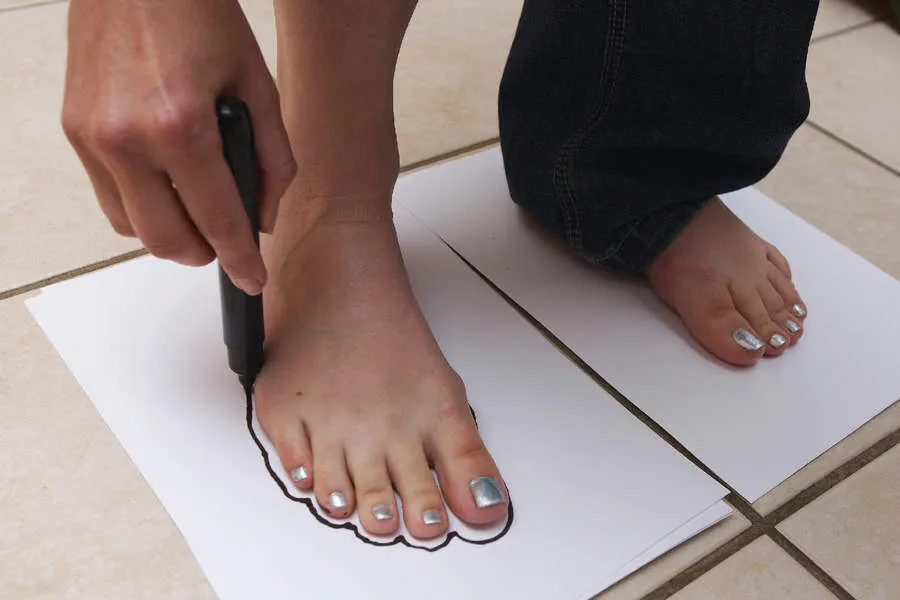
Foot injuries often result from poorly fitting shoes. Putting your feet first by accurately measuring them can ensure you select the right size and fit.
Simply tracing the outline of your foot onto a piece of paper can reveal the shape of your arches.
If the tracing reveals you have high arches, for example, shoes that come with adjustable arch inserts to increase arch support may be a good idea.
The drawing could also show your feet are especially wide and you'd need a wide-fit option.
Bike fitter and physiotherapist Bianca Broadbent, who was lead practitioner for biomechanics at Boardman Performance Centre, believes cyclists regularly buy shoes that are too long in order to have enough width.
Instead, Broadbent advises seeking out wider-fitting shoes or adapting an existing pair with orthotics or wedges.
Orthotics and insoles
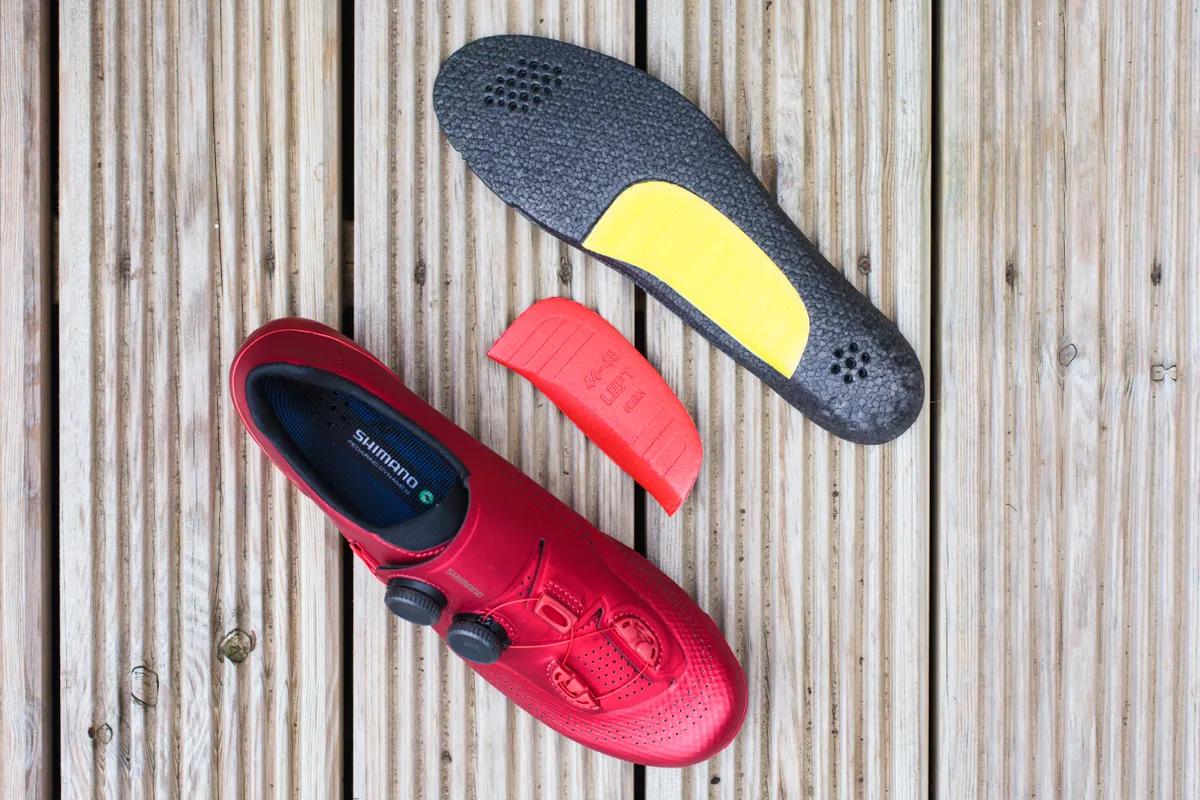
The case for wedges and orthotics, such as arch supports, for cyclists is disputed.
Because cycling is a low-weight bearing activity, unlike running, experts often recommend strengthening and stretching exercises over orthotics.
But bike fitters such as Phil Burt recommend insoles for some riders, while cautioning against choosing corrective insoles without expert guidance.
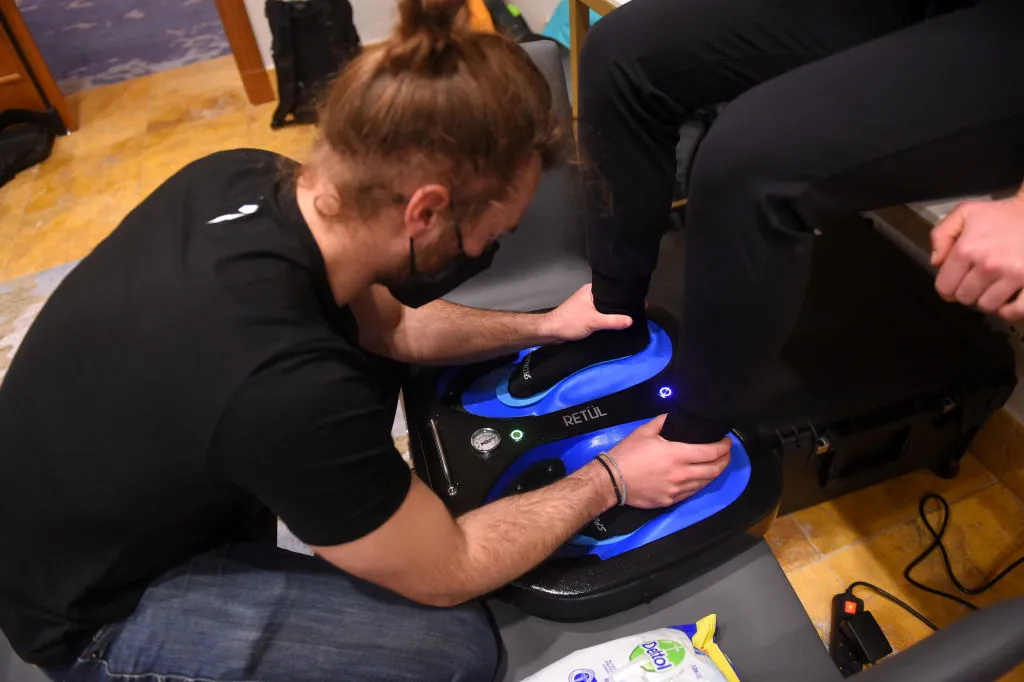
"The condition of ‘hot foot’, which is caused by too much power being borne by the area between the first and second toes, can be very effectively relieved by an insole and a metatarsal button, which provides arch support," says Burt.
Dr Peacroft also advocates insoles with metatarsal buttons for cyclists suffering from pain at the widest point of the feet.
He explains that the "small raised area just behind the ball of the foot spreads the metatarsal heads apart to give the nerves more breathing space as they pass through the gaps."
Types of insoles

Phil Burt says the best kind of insoles for cycling are full-length insoles. These support the forefoot, which is where you deliver the power to the pedal.
While some cycling shoes enable you to customise the level of arch support, Burt believes that if you're trying to address an injury, you're better off enlisting professional advice.
The physio says the same about corrective insoles, which reposition the foot and alter how it functions.
Burt adds: "Corrective insoles should only really be made by a medical practitioner, such as a podiatrist or physiotherapist, who’s experienced dealing with foot issues.
"Corrective insoles can cause more problems than they solve when in the wrong hands."
However, Burt says corrective insoles can prevent overpronation of the foot, which increases the amount of rotational force exerted on the knee – a common cause of cycling knee pain.
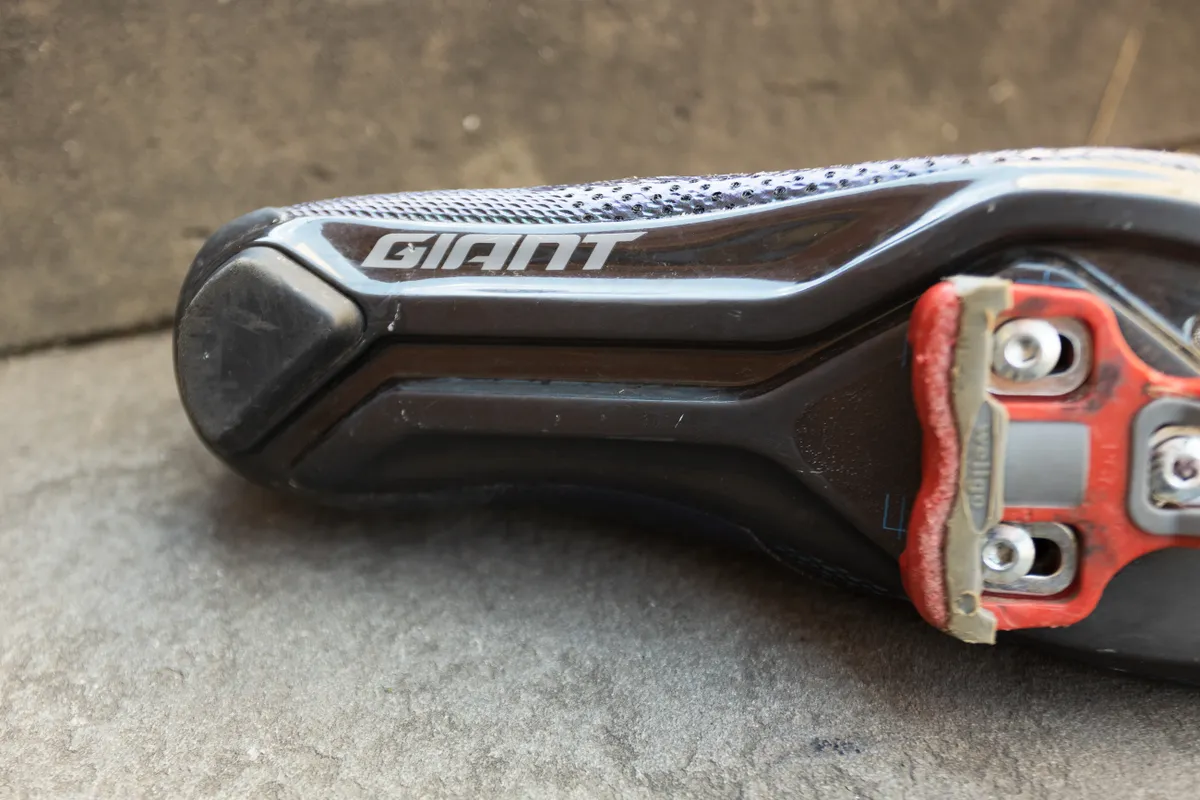
Often an off-the-shelf insole or simply the stiffness of a carbon-soled cycling will adequately support your foot, he says.
Humble cycling socks can also alleviate cycling foot pain, according to Dr Peacroft.
"Different feet will be better off in different types," he says. "Thin, bony feet may need thicker socks for padding the ball of the foot, while bigger feet may benefit from thinner socks that leave more room inside the shoe."
Saddle height

GP Andy Ward underlines the importance of knowing how to set your bike saddle height right.
An excessively high saddle places strain on the Achilles tendon, which can lead to plantar fasciitis and metatarsalgia, says the associate professor in Medical Education at Leicester Medical School.
Cleat placement

Dr Giles Peacroft and Bianca Broadbent agree that setting back your cleats can resolve foot pain from cycling if all else hasn't.
Dr Peacroft adds: "Move the cleats back as far as they will go, gradually, on both sides, and with a couple of millimetres' drop in saddle height.
"Some people even advocate drilling holes to move cleats back as far as 2cm."
Strengthening and stretching
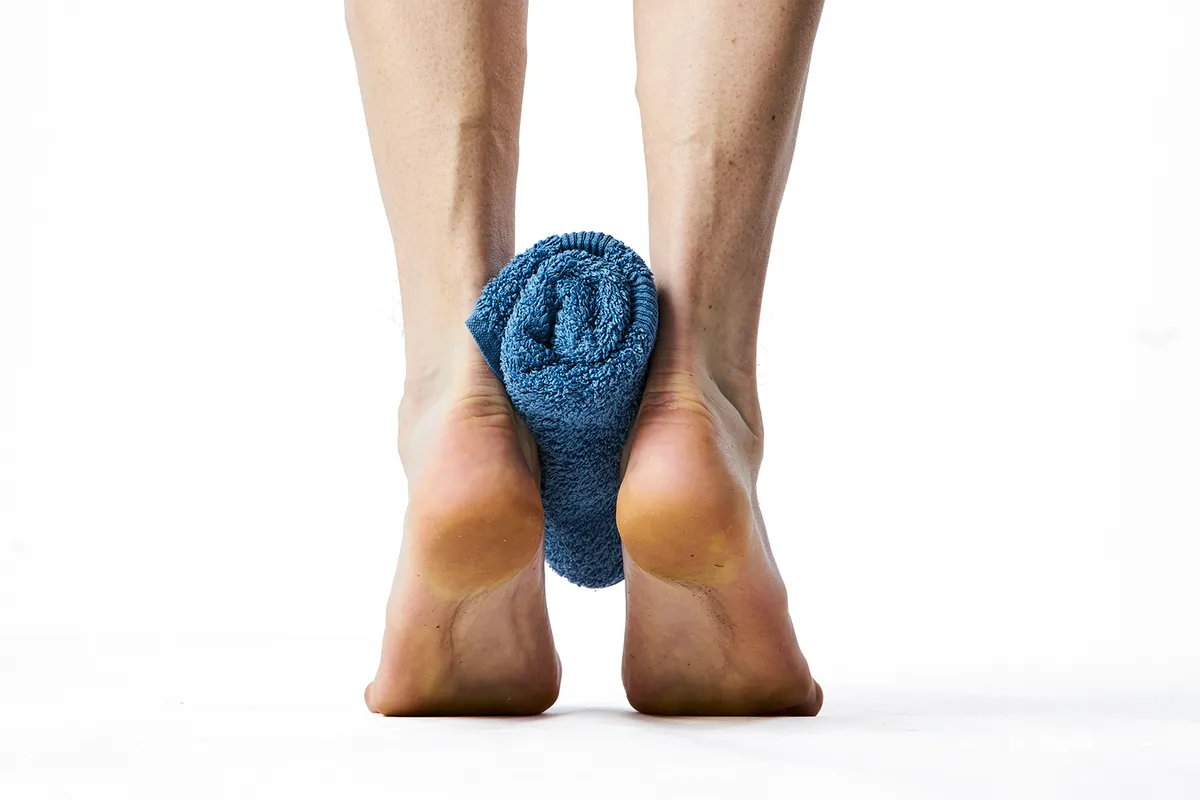
Our guide to strength training for cycling has detailed tips on how to get stronger feet for cycling.
But here are a few exercises Phil Burt advocates as cost-free solutions to cycling foot pain.
Ankle raises with slow lowers aid forefoot loading and strength while reducing the likelihood of the ankle collapsing under load.
Burt adds: "Toe walking (literally tip-toeing) exercises force you to develop the intrinsic musculature of the foot, which will help overall foot strength.
"Dynamic lunging with high knee lifts works the foot and ankle through a full range of loaded positions, which helps to strengthen and improve pedalling power.”

